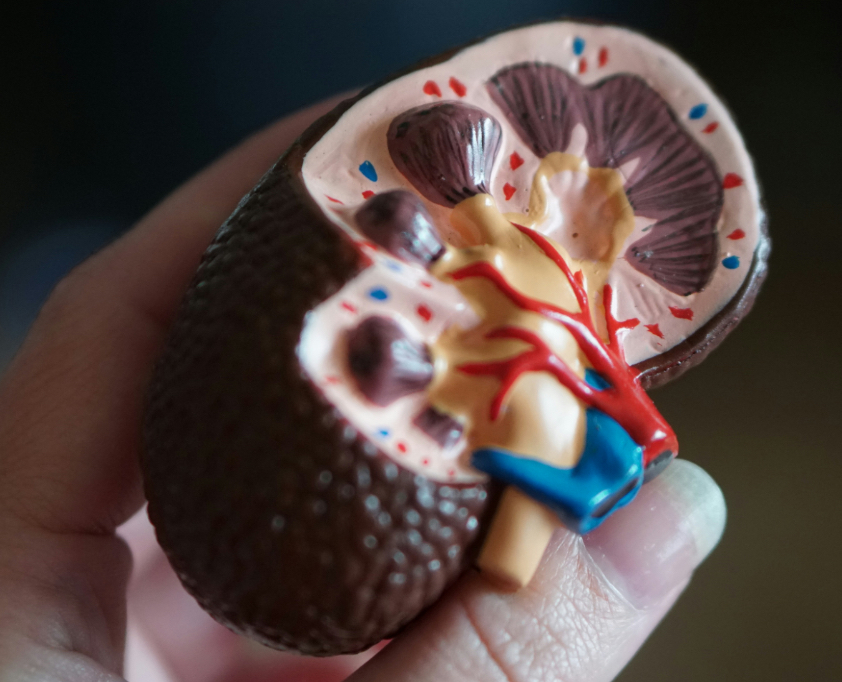Diabetic amyotrophy, also known as diabetic proximal neuropathy or lumbosacral radiculoplexus neuropathy, is a rare complication of diabetes affecting the nerves in the thighs, hips, or buttocks. It typically occurs in people with type 2 diabetes and is more common in older adults.
Key Features:
- Symptoms: Severe, often unilateral pain in the thigh, hip, or buttock, followed by muscle weakness and wasting (atrophy). Weakness may affect the ability to stand or walk. Some experience numbness or tingling.
- Cause: Likely related to nerve damage from poor blood sugar control, possibly involving inflammation, immune-mediated damage, or reduced blood flow to nerves.
- Diagnosis: Based on clinical symptoms, medical history, and tests like electromyography (EMG) or nerve conduction studies. Blood tests and imaging may rule out other causes.
- Treatment:
- Blood sugar control: Tightening glycemic control is critical.
- Pain management: Medications like gabapentin, pregabalin, or duloxetine.
- Physical therapy: To maintain muscle strength and mobility.
- Immunotherapy: In some cases, corticosteroids or other immune-modulating treatments are used if an inflammatory component is suspected.
- Prognosis: Symptoms often improve over months to years with proper management, though some residual weakness may persist.
Prevention:
- Maintain good blood sugar control.
- Regular monitoring and management of diabetes complications.
If you suspect diabetic amyotrophy, consult a healthcare provider for evaluation and tailored treatment.
Disclaimer: Owerl is not a doctor; please consult one.


Leave a Reply